What can I do with a BooSTick?
I'm glad you asked!
Prototyping: Since BooSTick plugs right into your breadboard, you can use it for prototype power and testing. This clapper circuit requires more than 3.3V to run, and the BooSTick provides up to 5V!
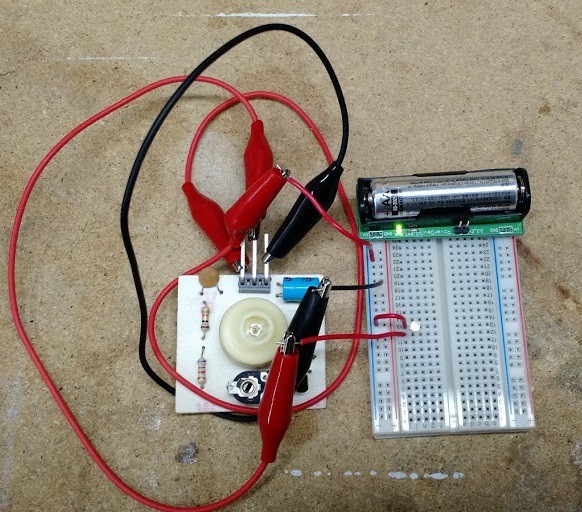
Wi-Fi: Even Wi-Fi is possible with the BooSTick. The ESP8266 draws a bit of a current spike at some point in its operation, so a cap is required on the power supply to keep the BooSTick from dropping out during operation. With the cap, Wi-Fi runs great!
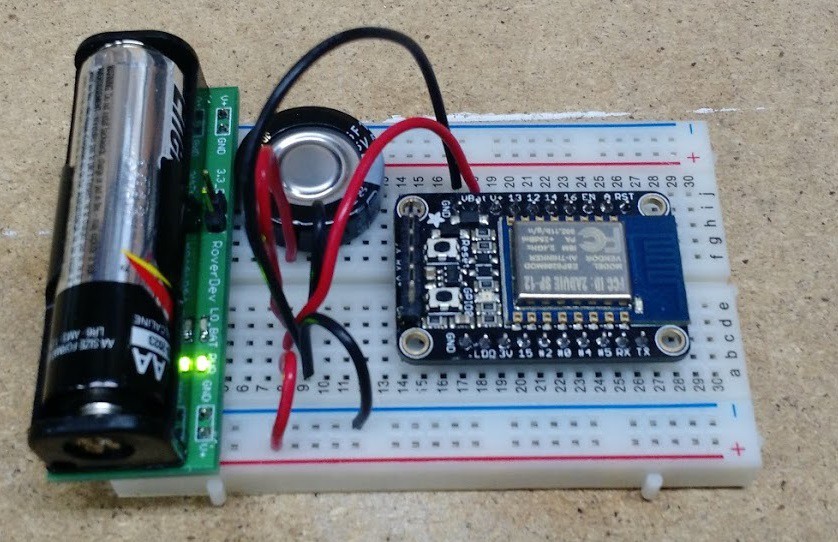
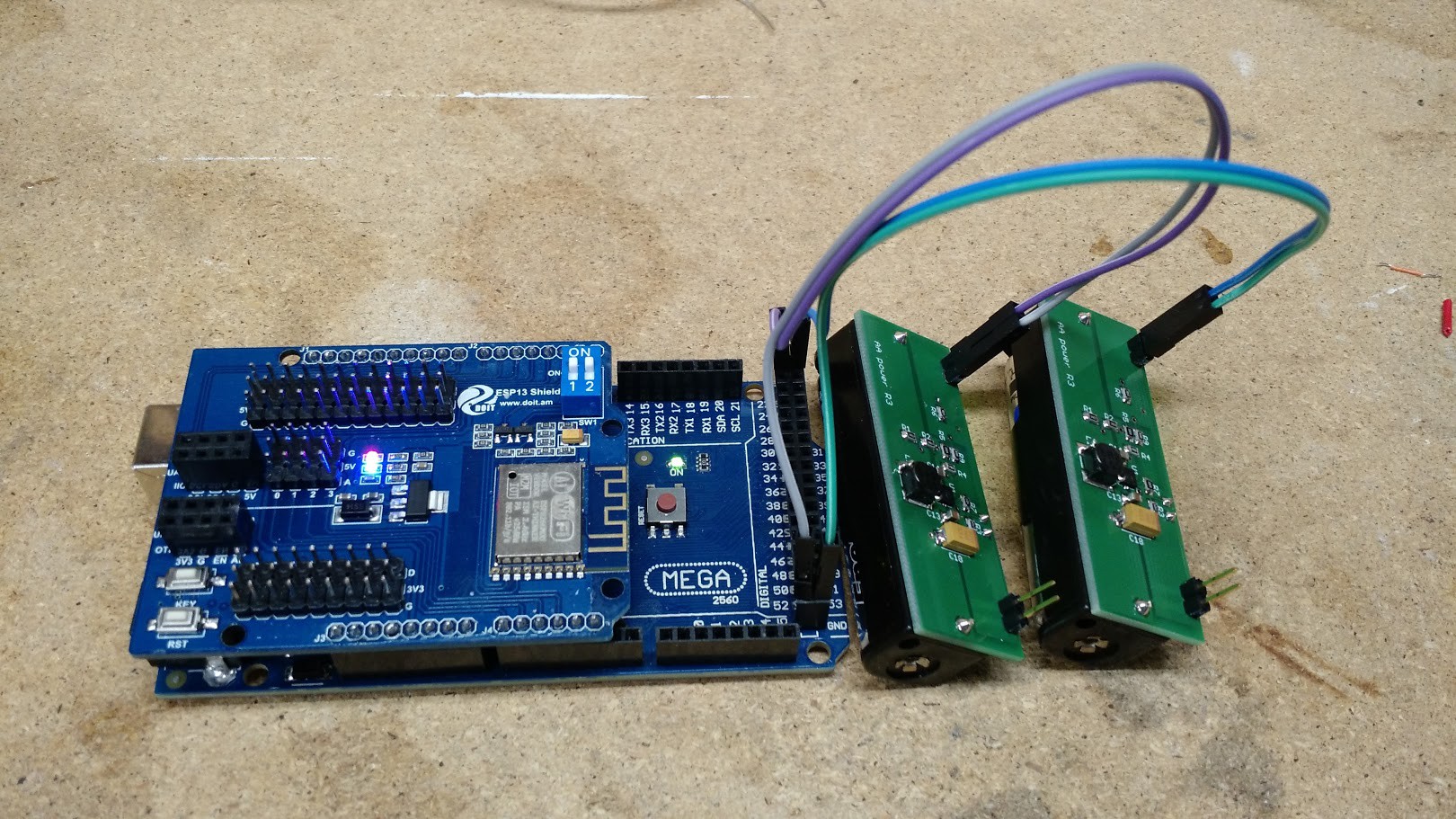
LED lights: I've used the BooStick in a POV (persistence of vision) project where I needed an untethered power source to put my electronics in a bike wheel: https://hackaday.io/project/6470-multi-sensor-pov-light
 Remote sensors: I used the BooSTick to power a TI RF2500 microcontroller board with a low power radio: http://www.ti.com/tool/EZ430-RF2500 with sensors attached to it. I needed to make sure the accelerometer I wanted to use for the POV light was in the right acceleration range so the wheel rotation wouldn't just max it out all the time. I used the RF2500 to take acceleration measurements and radio them back to my PC.
Remote sensors: I used the BooSTick to power a TI RF2500 microcontroller board with a low power radio: http://www.ti.com/tool/EZ430-RF2500 with sensors attached to it. I needed to make sure the accelerometer I wanted to use for the POV light was in the right acceleration range so the wheel rotation wouldn't just max it out all the time. I used the RF2500 to take acceleration measurements and radio them back to my PC.

Specifications:
Voltage outputs:
- 3.3 V (with jumper installed)
- Pull the jumper for a full 5V supply! (included)
- Other voltages between 1.8 V and 5.5 V are achievable by tuning the feedback resistors. Specify different voltage if desired.
Current limit (with new batteries). This is intended to be a peak current or a pulsed current. A new battery will only last about 20 minutes at these levels before the output voltage drops more than 10%.
- 5V: 220 mA
- 3.3V: 320 mA
Run time:
- 5V, 50 mA: 6 hrs
- 3.3V, 50 mA: 12 hrs
- Lower current/voltage generally leads to proportionally longer run time or more
Indicators:
- Green power on LED
- Red low battery LED
BooSTick is released under the Creative Commons Attribution-NonCommercial 4.0 International license. http://creativecommons.org/licenses/by-nc/4.0/
 CaptMcAllister
CaptMcAllister




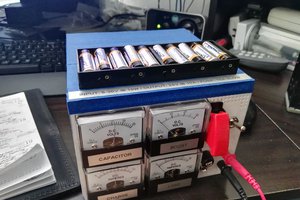
 David Scholten
David Scholten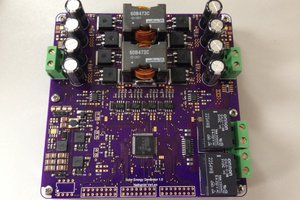
 Nathaniel VerLee
Nathaniel VerLee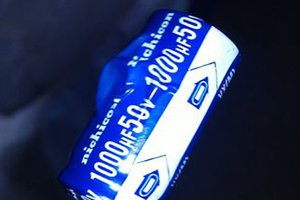
 Jakob Wulfkind
Jakob Wulfkind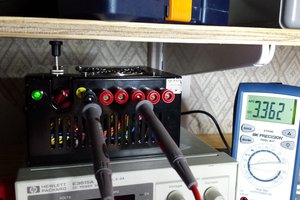
 zakqwy
zakqwy
Great project, please add it to https://www.openhardware.io